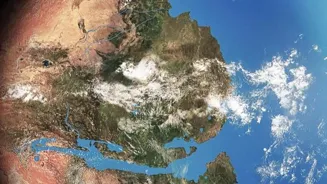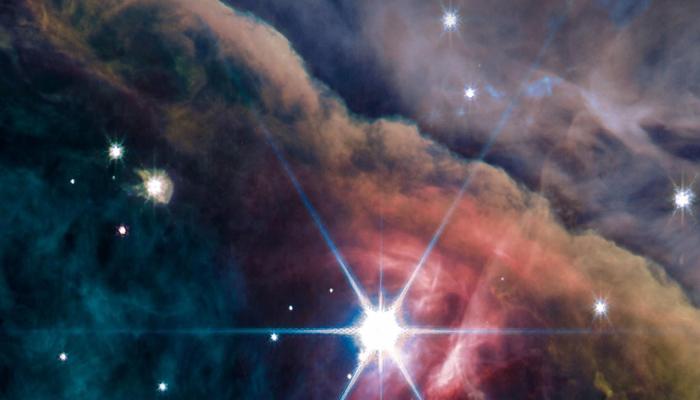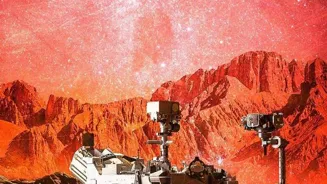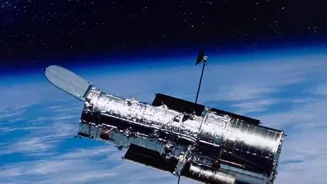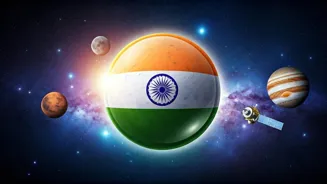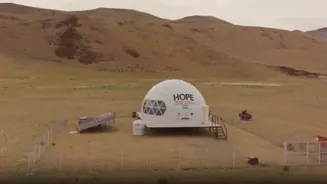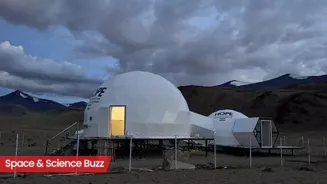Exploring Habitable Exoplanets: Unveiling the Secrets of Potential Alien Worlds. Intrigued? Read on to uncover the criteria scientists use to identify planets capable of supporting life. Delve into the Goldilocks
zone, atmospheric analysis, star types, and more. The search for habitable exoplanets continues to challenge and captivate us, bringing us closer to answering the age
The search for life beyond Earth has always been a fascinating topic. While we haven't found any conclusive evidence yet, the discovery of exoplanets – planets orbiting stars other than our Sun – has given us renewed hope.
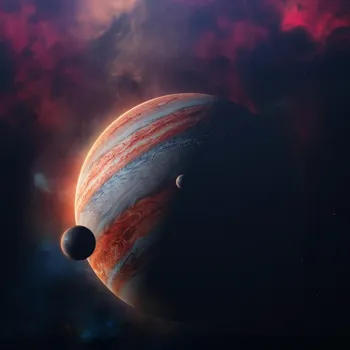
But how do scientists actually identify which of these distant worlds might be capable of supporting life? It's not as simple as just spotting a planet; there's a whole checklist of criteria they use to narrow down the possibilities.
These are the main things boffins look for in the hope of finding another Earth.
Exploring the Goldilocks zone for habitable planets
The first big question is all about distance – what we call the "habitable zone," is also aptly known as the Goldilocks zone. Picture a star, and imagine a sort of three-dimensional bubble around it.
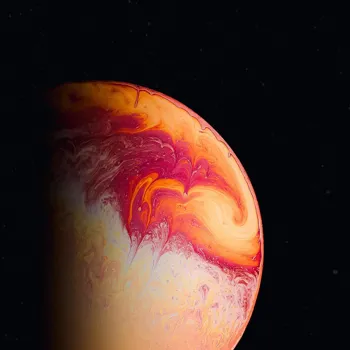
If a planet is too close to the star, it'll be scorching hot, like Venus, and any water on its surface will boil away. Too far away, like Mars, and it'll be a frozen wasteland.
The Goldilocks zone is that sweet spot in between, where the temperature is just right for liquid water to exist on the surface. Think of it like this: if Goldilocks' porridge were a planet's temperature, it would need to be neither too hot nor too cold, but just right.
Scientists use the star's size and temperature to calculate the location of this zone, and then see if any known planets fall within it. It's a vital first step, but it's far from the only thing they consider.
It can be imagined as a perfectly balanced cup of tea, where the warmth is just right , not scalding hot or ice cold. It showcases the delicate balance needed for habitable conditions.
Determining exoplanet composition for habitability; rocky planets favored over gas giants
Next up, is determining composition. Is the exoplanet rocky, like Earth and Mars? Or is it a gas giant like Jupiter or Neptune? Rocky planets are generally considered better candidates for habitability, as they can provide a solid surface for life to develop.

Scientists determine a planet's composition from its density, which can be calculated by knowing the planet's size and mass. Size is determined with the transit method, while mass often needs radial velocity method.
By the transit method, scientists can observe how much the star dims when the planet passes in front of it. The amount of dimming shows relative size of the planet. Meanwhile, by the radial velocity method, the star wobbles as the planet rotates around it.
The amount of wobble determines the mass of the planet. Big, gassy planets are typically ruled out, unless they happen to have rocky moons. Think of the ice planet of Endor from Star Wars, except it's a moon.
Even then, scientists would look at the atmospheric composition to figure out if life is possible.
Planet habitability relies on atmosphere's functions: heat regulation, radiation shield, water pressure. Scientists analyze exoplanet atmospheres for biosignatures
The presence of an atmosphere is crucial for any planet's habitability. Firstly, an atmosphere acts like a blanket, trapping heat and regulating the planet's temperature, preventing extreme swings between day and night. Secondly, it shields the surface from harmful radiation from the star.
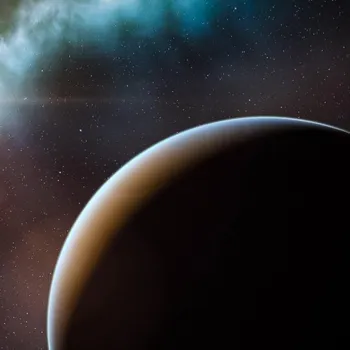
Thirdly, it provides the pressure necessary for liquid water to exist. Scientists can analyze an exoplanet's atmosphere by studying the way light from its star passes through it.
Different elements and molecules absorb light at different wavelengths, creating a unique "fingerprint" that reveals the atmosphere's composition. This is also how scientists hope to find "biosignatures" – molecules like ozone or methane that could indicate the presence of life.
Think of it like taking a blood test from the planet – the particular molecules in the atmosphere are like the markers that indicate its health. This method helps scientists examine exoplanets for signs of life.
The challenge for scientists lies in discerning true biosignatures from false positives, which could be produced by non-biological processes.
Some stars support life better than others for exoplanets
Not all stars are created equal. Some stars, like our Sun, are relatively stable and long-lived, providing a consistent source of energy for billions of years.
Others, like red dwarfs, are smaller and cooler, but they also produce frequent and powerful flares that could strip away a planet's atmosphere. Scientists look for stars that are similar to our Sun in terms of size, temperature, and stability when searching for habitable exoplanets.
Also, some stars are located in crowded areas called nebulae. Planets too close to the nebula will have strong gravitational forces which make their orbit highly eccentric. These are typically not considered habitable exoplanets.
The type of star an exoplanet orbits can dramatically affect its potential for habitability. A stable, Sun-like star provides a more predictable environment for life to take hold and evolve.
In contrast, a star prone to frequent flares or strong stellar winds might make it difficult for life to survive on any orbiting planets.
Planetary habitability factors beyond Earth's model remain uncertain
Even if a planet ticks all the boxes – the Goldilocks zone, rocky composition, atmosphere, suitable star – there's still no guarantee it's habitable. There are many other factors that could play a role, such as the planet's magnetic field, its rotation rate, and the presence of plate tectonics.
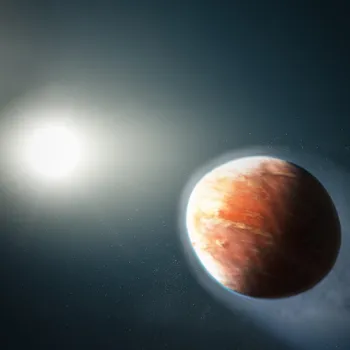
Furthermore, we don't even fully understand the circumstances that led to the origin of life on Earth. A strong magnetic field, like Earth's, deflects harmful solar radiation, protecting the atmosphere and surface.
Plate tectonics can help regulate a planet's temperature by recycling carbon dioxide. A moderate rotation rate creates a day-night cycle that's conducive to life.
Scientists are constantly working to refine their understanding of these factors and incorporate them into their models of planetary habitability. It's sort of a question whether we understand how life developed. It may be that life developed from circumstances that happen very rarely.
Only time and continued research will help in this.
Studying exoplanets challenges us, pushing boundaries in search for life beyond Earth
Finding and studying exoplanets is an incredibly challenging process, requiring powerful telescopes and sophisticated data analysis.
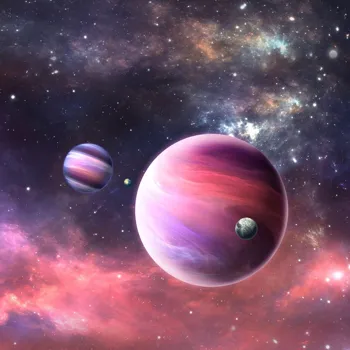
While we haven't yet found definitive proof of life beyond Earth, the ongoing search for habitable exoplanets is pushing the boundaries of our knowledge and bringing us closer to answering one of humanity's most fundamental questions: Are we alone in the universe?
Every new discovery brings us one step closer to understanding our place in the cosmos. Future missions with even more advanced telescopes promise to reveal even more about these distant worlds and their potential to harbor life.
Perhaps one day, we will find undeniable evidence of life on another planet, forever changing our understanding of the universe. The task requires patience.
AI Generated Content. Glance/InMobi shall have no liability for the content